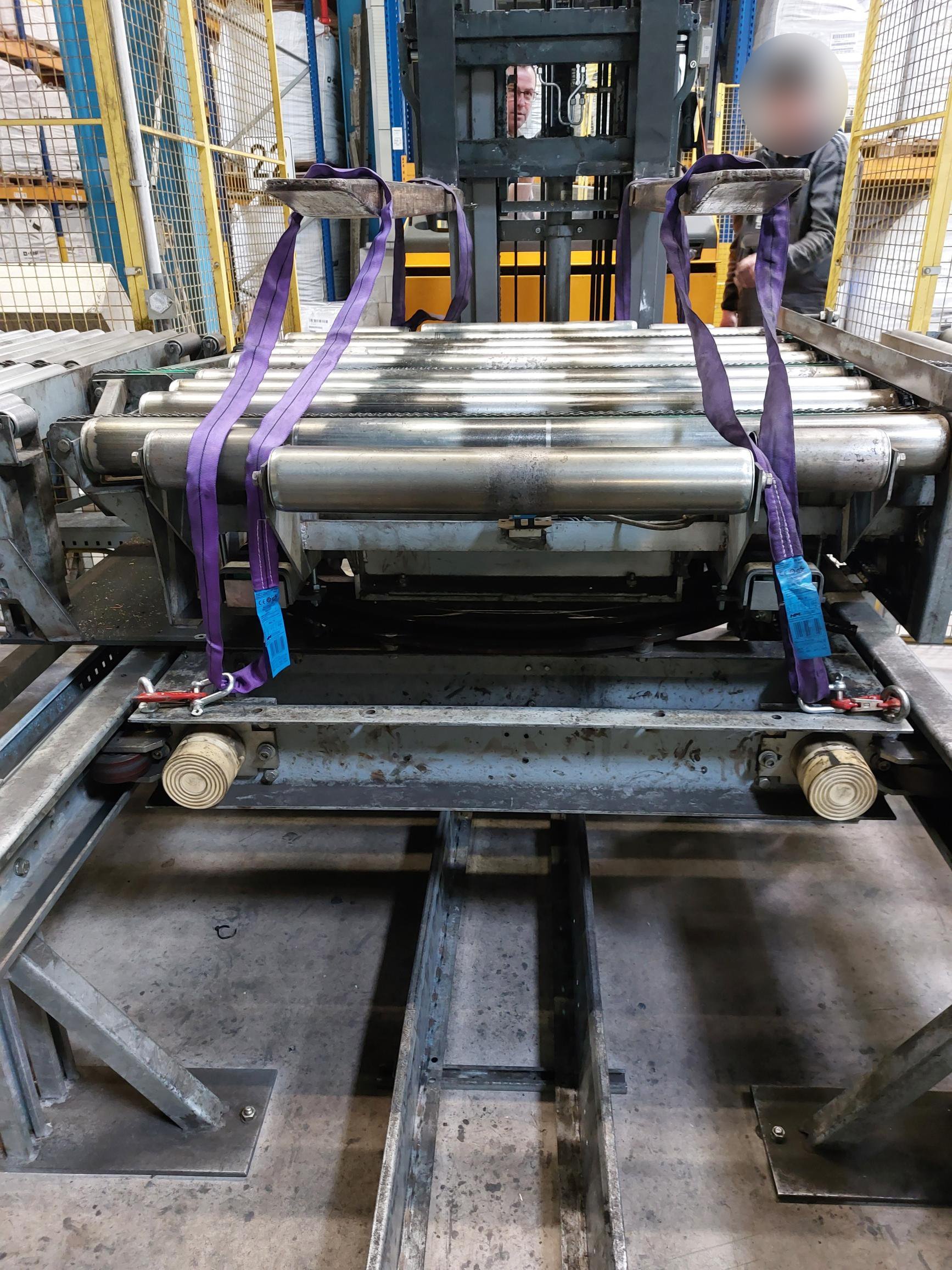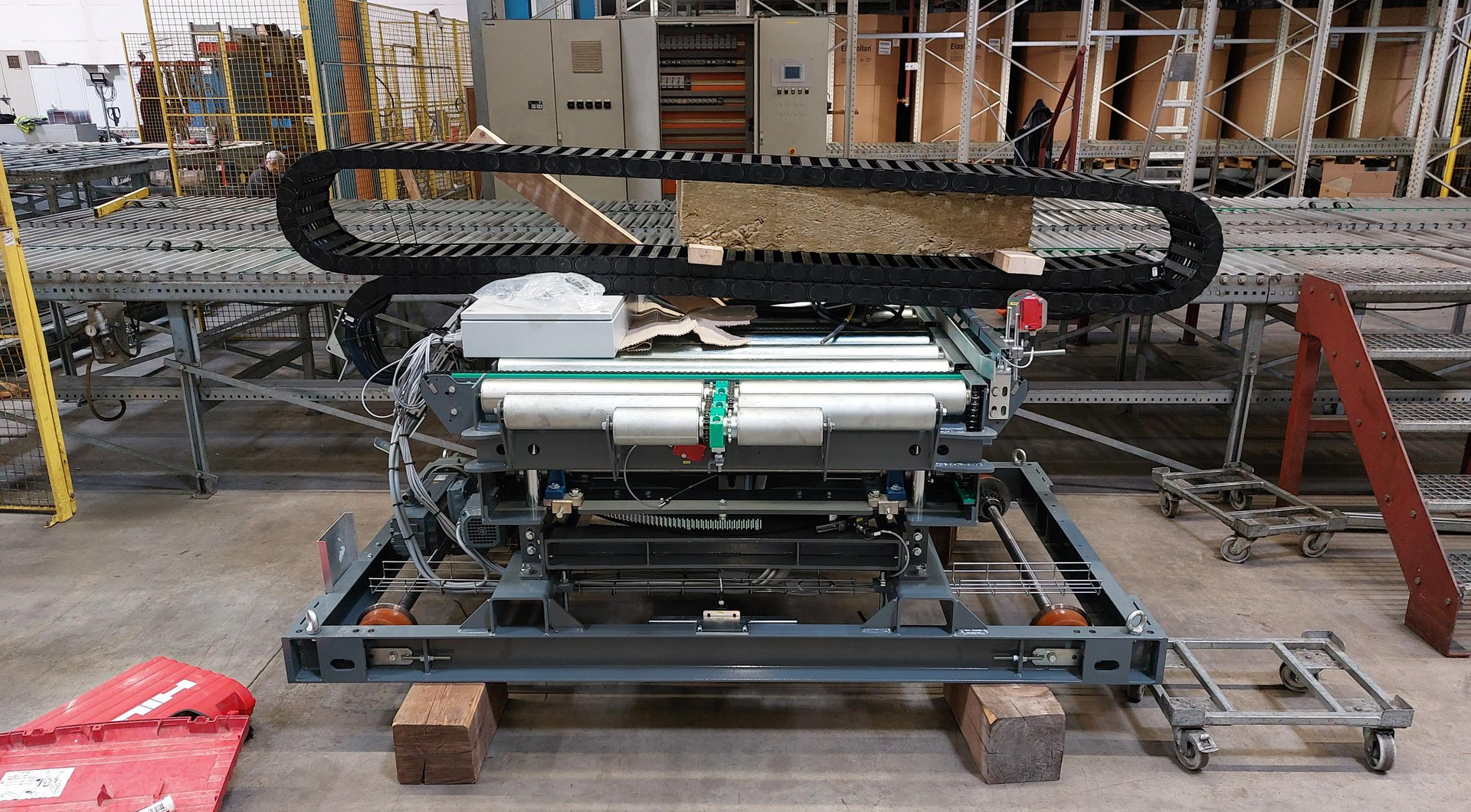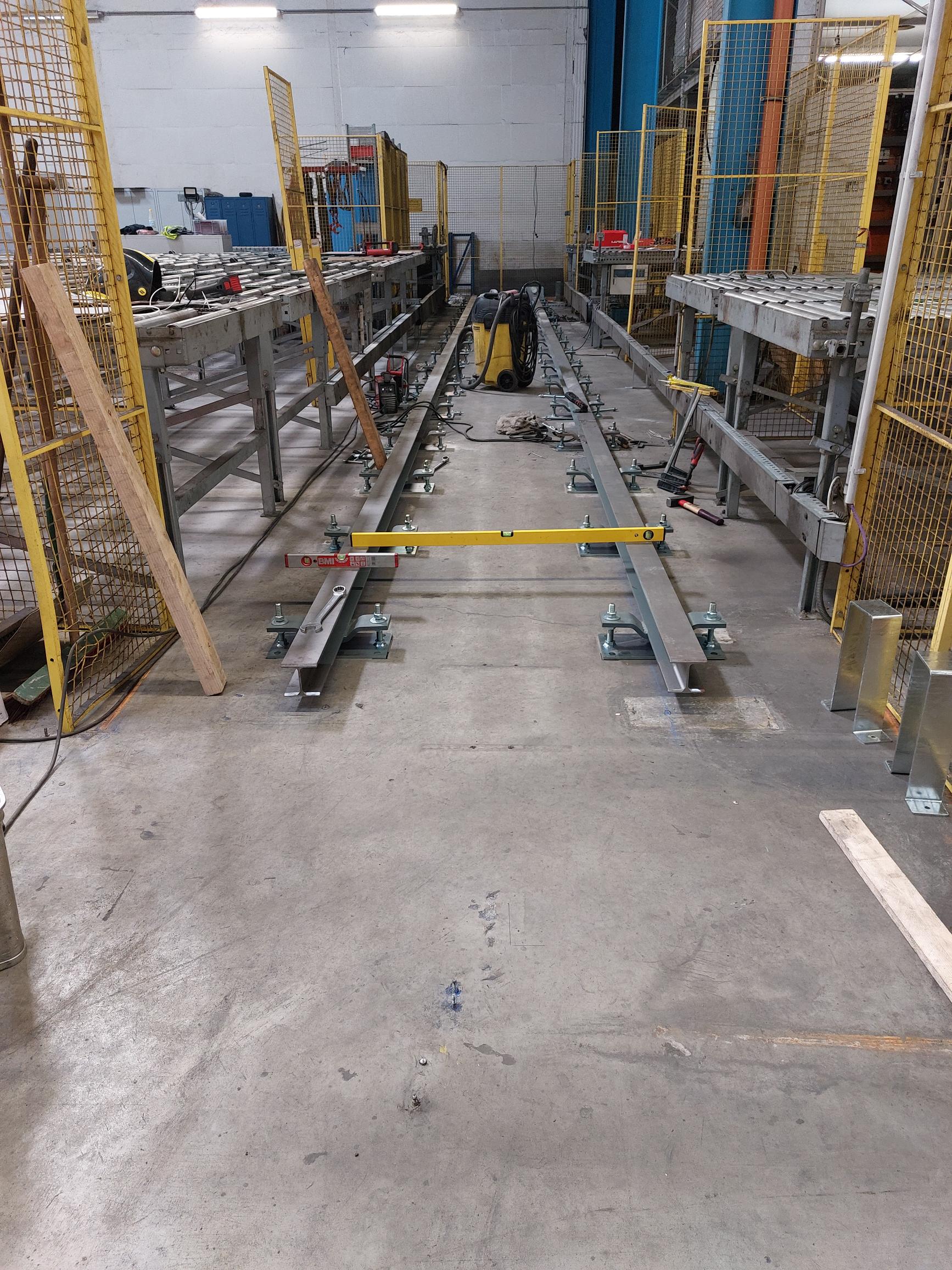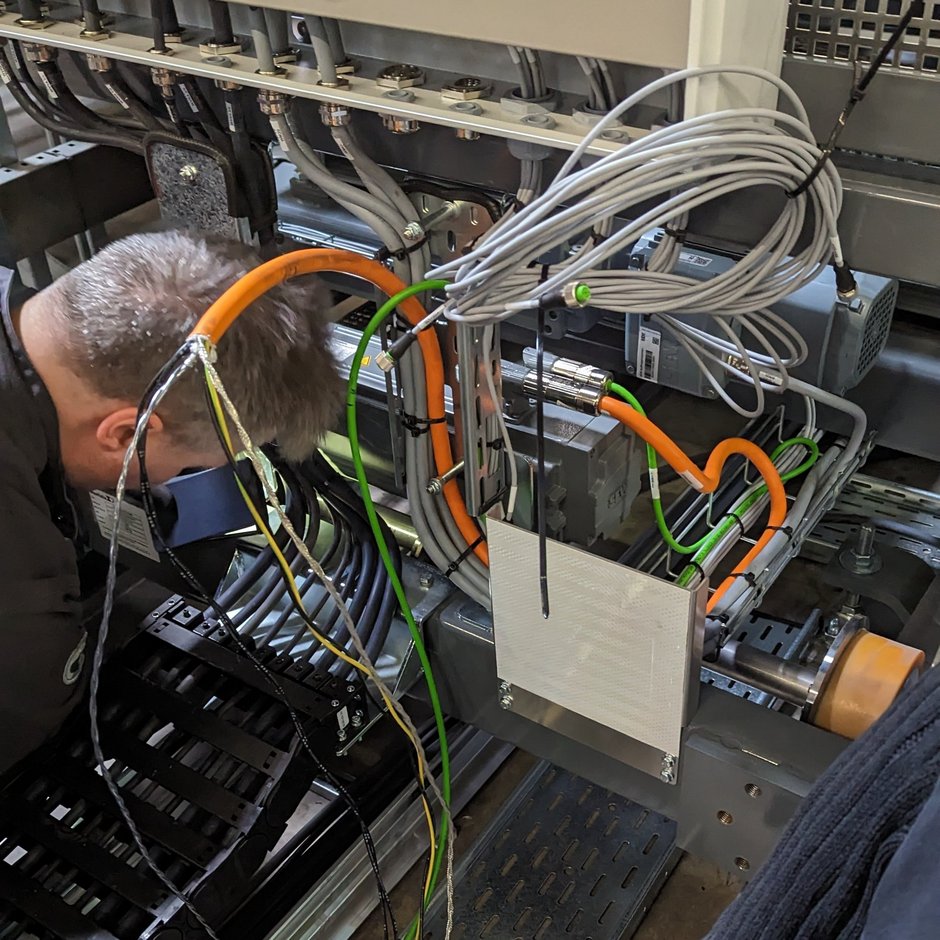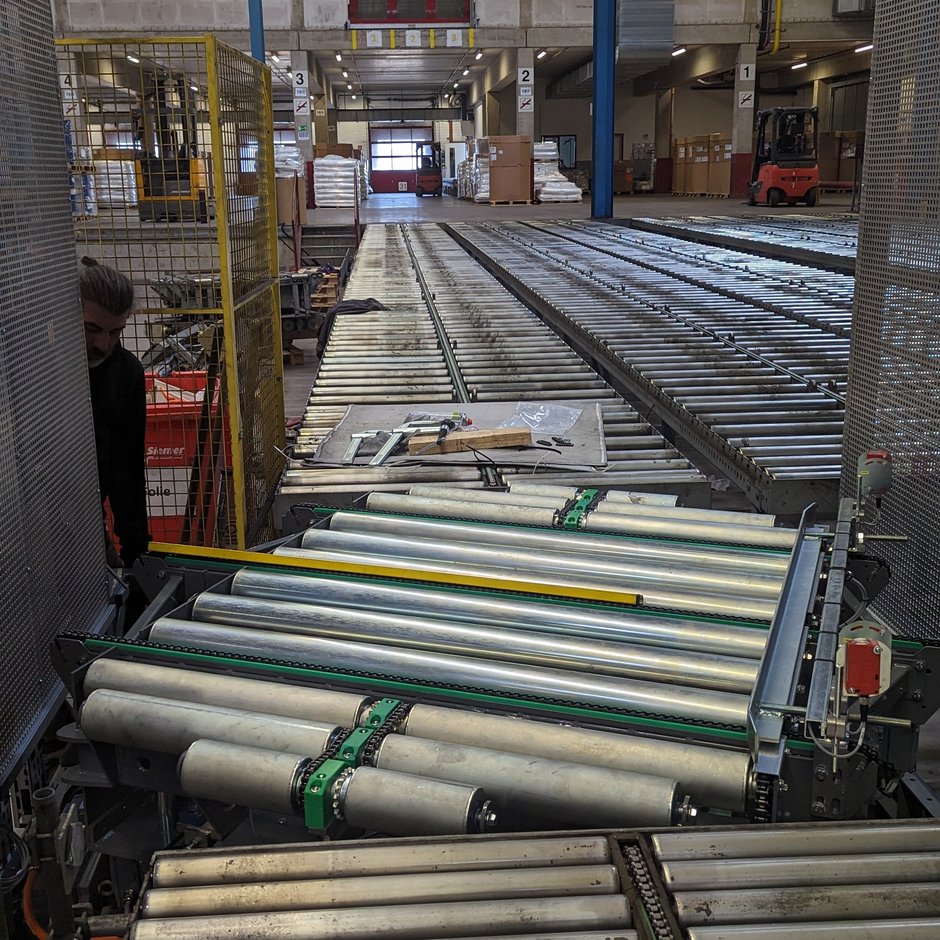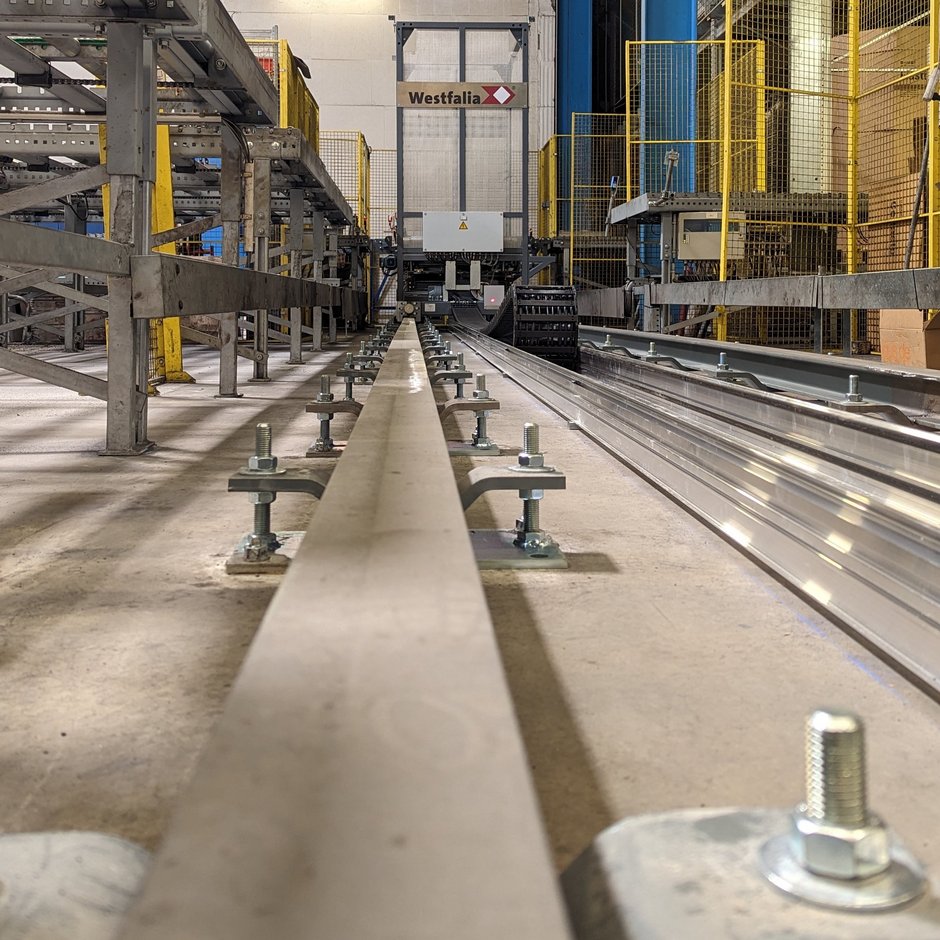Damme / Borgholzhausen, 12 July 2023 – 300 truck tractor units, over 400 trailers and semi-trailers, a storage and handling area of 185,000 m2 which is constantly being expanded: With 900 employees at 14 locations in Germany and Poland, the Paul Schockemöhle Logistics Group, headquartered in Mühlen, Lower Saxony (Oldenburger Münsterland), serves a wide range of customers from the automotive, textile, chemical, tire, food and consumer goods industries to the building materials and animal feed industries. Logistics and warehousing services, the sale and rental of commercial vehicles and forklifts, personnel services, car washes, leasing and financing are part of efficient service packages and logistics concepts that are developed together with the customers. Based on extensive know-how, including optimal freight, transport and loading meter prices, the logistics specialist implements solutions ranging from procurement logistics and warehousing to distribution and spare parts logistics. Trust at eye level is also essential when goods are bundled at the warehouse locations of the extensive logistics network.
The Paul Schockemöhle Group often relies on efficient and cost-saving automation - as at the Damme site. In 1996, Westfalia Technologies installed for Paul Schockemöhle Logistics Damme GmbH a 108 meter long, 47 meter wide and 10 meter high storage system with two automated storage and retrieval machines (ASRM) and a total of 31,068 storage locations for pallets. At the heart of the system is a transfer car that feeds nine retrieval lines and three storage lines over a distance of approximately 15.5 meters.
As a conveyor bridge, it connects the 16.5 m long storage lane from the infeed station and the 12.5 m long storage lane to the first storage aisle in a straight line for particularly high storage speeds. The third lane transports the load units nearly 34 meters to the second SRM. Six retrieval lines are also connected to the central distributor, serving the loading and unloading zones with 9 truck docks. Like the previous model, the transfer car can handle 120 load units per hour.
Thanks to the turntable with combined roller and chain conveyor, it can be flexibly set up for transverse and longitudinal transport of the load units. This allows the pallets to be optimally aligned for storage and truck transport. The new transfer car is also based on this principle - with new drive and sensor technology: Westfalia has installed new high-precision servomotors in the drive train, new light barriers and light scanners for precise positioning of the pallets on the transfer car. A laser ensures exact position detection and electronic speed monitoring.
The forwarder stores and retrieves the goods of a single customer on pallets at the Damme site around the clock: Load units of 1,200 x 1,000 mm or 1,140 x 1,140 mm, 1950 mm high, weighing at least 200 kg. Over the years, the required maximum weight has increased to 1.1 tons. This requires robust, fast and precise automated storage and handling technology - the strengths of Westfalia's Satellite® storage system.
Minimally invasive modernization over Whitsunday
"In 2018, the previous transfer car was modernized within the recommended interval, but in the meantime, it is no longer designed for the current maximum loads," says Christian Anders, project manager at Westfalia, describing the modernization. "We now have 1.2 tons as standard." The forwarder's customer delivers pallets to this location around the clock, so it was only possible to shut down the warehouse for the modernization over a long weekend. "In order to avoid further mechanical wear on the transfer car and thus a possible warehouse standstill, we replaced the previous vehicle with a new design, again from our own production, over the Whitsun weekend of 2023."
A major modernization with a tight time window. The old model ran on Sigma profiles. For the new unstable conveyor, the modernization team installed vertical rails on the floor, which are optimal for particularly high loads. Christian Anders: "The anchor rods for fixing the new rails are glued in place. In order to be able to fully load the rails, the composite adhesive hardens for several hours. In a second phase, the new T-Car is lifted onto the rails with a forklift. Lifting the old T-Car with a forklift, removing the Sigma profile, installing the rails, installing, fine-tuning and commissioning the new T-Car were all carried out by Westfalia within five days, without any unscheduled shutdown of the warehouse. On the Tuesday after Whitsunday, the Westfalia team successfully re-commissioned the system.
To alleviate the current supply situation for various electrical components, the customer, together with the project management, also decided to connect the new T-Car to the existing electronics. Christian Anders: "The professional design of the components - drive and power electronics - is done in close cooperation with our partner SEW. This ensures that the entire system harmonizes with each other. The Borgholzhausen-based intralogistics automation company ensured that the system was up and running quickly by having the controller built and programmed in-house by Westfalia Terra Automation at its Bremen site.
Intensive customer support and forward-looking system analyses, a well-coordinated modernization team, and precise quality production at the headquarters in Borgholzhausen make such modernization shutdowns plannable. They fit seamlessly into the warehouse operation - just like the transfer car module into the storage system.
For other customers, too - such as Spaichinger Nudelmacher GmbH, which used them to realize a conveyor technology bridge, or the Dold Logistics Group, which relies on fast goods transfers - Westfalia transfer cars are central "nerve strands" of conveyor technology and distributors in complex warehouse systems. They shuttle between storage and retrieval, help to transfer faulty load units out and back in. And they ensure precision and speed in order picking or loading zones. High quality standards and robust technology, powerful sensors and drives provide the necessary throughput and reliability.
"We offer our transfer cars in standard versions for single and double transport. We equip them with roller and chain conveyors for picking up pallets. And we also design them individually, as in the case of Paul Schockemöhle Logistics Damme GmbH. In this case, including roller and chain conveyors arranged at right angles to each other on a turntable. The dimensions were adapted to the project. An energy chain and laser measurement ensure a reliable energy supply and precise synchronization with the other conveyor technology. "The transfer car travels up to 200 meters per minute as standard," says Anders. The principle of saving energy and minimizing wear and tear also applies here - goods are only transported as fast as the intralogistics processes require to avoid unnecessary energy peaks or excessive wear. "However, we can also design systems for higher speeds and loads over 1.2 tons - if this is the optimal solution for the customer's processes.”
Long-term and consistent customer care
At the Paul Schockemöhle Logistics Group's Damme site, Westfalia has been providing ongoing support and monitoring of the system since the new building was constructed in 1996. "As part of our routine checks, we identify risk components and help to draw up a forward-looking modernization plan. This prevents system crashes and spare parts bottlenecks and avoids excessive costs," explains René Findling, Sales Director Modernization & Extensions at Westfalia. "In this way, we always modernize transparently and with a sense of proportion. Many components in automated storage systems, such as rollers, chains or load-bearing structures, are subject to permanent stress. Our reliable technology runs for years, but after 10 to 15 years we recommend modernization to minimize risks. If requirements change, we can quickly adapt with efficient conversions and expansions. On both the hardware and software side, our systems are always designed with the future in mind. "Our storage and conveyor systems grow with our customers," says René Findling.
"Logistics bundling reduces freight costs. But it also means that the weight of the load units has increased over the years," says Thomas Heese-Forth, one of the managing directors of Paul Schockemöhle Logistics GmbH & Co. KG, explaining the modernization at the Damme site. "With the modernization of the transfer car, we are prepared for the coming years and can offer our customers optimal logistics solutions and services. In addition to the excellent customer care and service, what we appreciate most about our partner Westfalia is the optimal advice, transparency and planning. We were able to modernize the warehouse economically and without interrupting operations. Delivery bottlenecks were avoided by having the service team connect the new components to the existing electronics. A complete replacement was not necessary at that time. In Westfalia they had found a reliable partner for the automation of intralogistics and the sustainable operation of the storage system, "who has an eye on the entire system and its mechanical and electronic components. A good feeling," concludes Thomas Heese-Forth.

